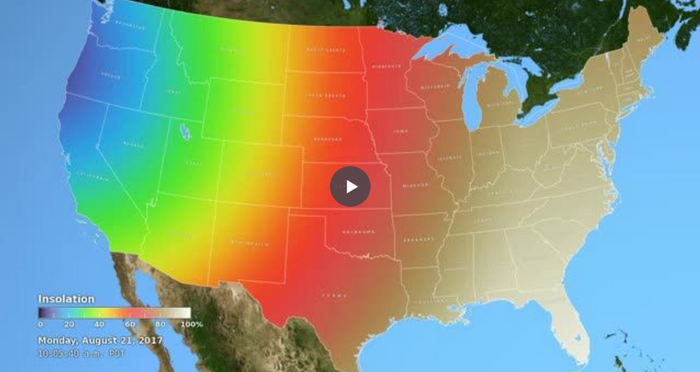Have you heard about the upcoming total solar eclipse? People in California are starting to gear up for this event, due to happen August 21, 2017. While Californians won’t be experiencing a total eclipse, enough sun energy will be blocked during the event that the state’s solar production is predicted to plummet. Energy officials and utilities have been planning what they’ll need to do to ensure any resulting energy loss is matched by ramping up other sources. You may be surprised to learn the extent of the impact made by the moon casting its shadow.
If you’ve already secured a place to stay within the zone of totality, you’re in for a show! Oregon’s campsites have all been booked since April and Airbnb prices across the country have gone through the roof. And those watching the power grid, especially in California, have been studying other solar-rich countries that have experienced eclipses to prepare for this one.



